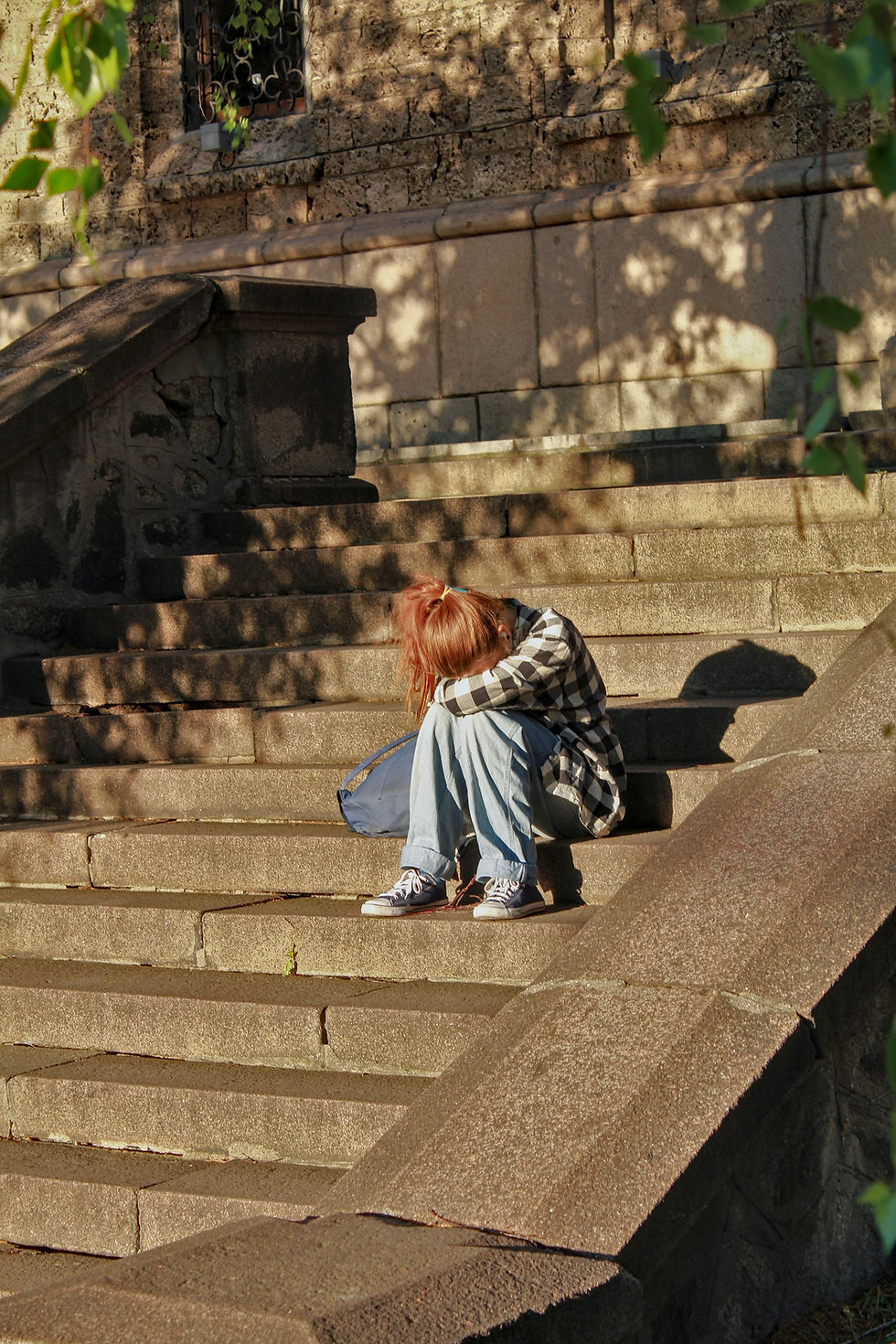“She’s My Trusted Adult”: What One Student Taught Us About Collective Care
- Angela Langlands
- May 11
- 2 min read
Updated: Sep 25

One of the most powerful aspects of a learning community is its flexibility—the ability for a team of educators to respond to the needs of a child in real time. When implemented well, this model allows us to see every student not just through the lens of a single teacher, but through a wider, more supportive network.
Let me tell you about Paula*.
Paula was a new student in our international school. An English language learner, she had joined mid-year and was placed in a homeroom with a thoughtful mentor teacher who tried everything to help her feel welcome and included. But after a few weeks, it was clear that Paula still wasn’t thriving—socially, emotionally, or academically.
In a traditional model, the options at this point might have been limited. But within our learning community, we had flexibility.
As a team—including Paula’s mentor, other homeroom teachers, and our school counselor—we began brainstorming alternatives. One idea was to move Paula to a class led by a teacher who spoke her first language, Portuguese. It seemed like a supportive fit, and there was already a friend in that group who could help ease the transition.
When we brought the idea to Paula, she surprised us.
She thought for a moment, then asked, “Can I move to Ms. Aaron’s home base instead? One of my friends is in that class too, and Ms. Aaron helped me on the playground the other day. I think she’s my trusted adult.”
That was all we needed to hear.
We made the switch, and almost immediately, Paula began to open up. Her confidence grew. She started contributing in class. She smiled more. The difference was tangible—and it started with her having the agency to choose a relationship that made her feel safe.
Why This Matters
This story is more than a feel-good anecdote. It’s a clear example of what makes the learning community model so impactful.
When schools operate with a mindset of “students are ours, not mine,” everything shifts. We stop assigning ownership based on rosters and start responding based on what’s best for the learner. We set aside ego, loosen rigid structures, and make space for student voice and choice. And in doing so, we create the kind of school environment where students like Paula can thrive.
Of course, building this kind of model isn’t without its challenges. It requires a shared vision, strong team dynamics, and systems for open, consistent communication. But when it works, it works. Students know they’re not alone. They know that more than one adult is watching out for them. And they’re given room to grow in an environment shaped by care—not convenience.
A Final Thought
In every school I’ve worked with, there's always at least one “Paula.” A student on the edge. A student waiting to be seen.
When we commit to learning communities, we commit to seeing them all.
If your school is exploring how to build a more flexible, human-centered model that puts student well-being at the center, I’d love to help. Let’s design a community where every child finds their trusted adult.

*all names have been changed



Comments